By the Recorder editorial staff
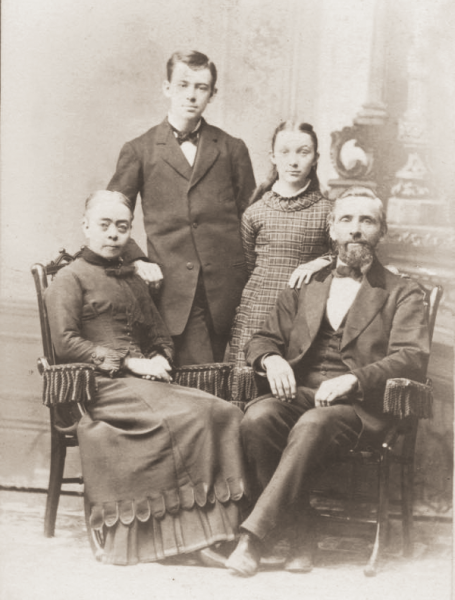
Even before the first Adventist evangelists stepped ashore in California, there were to be changes in outreach and church methods. It might have been expected that those from the East would use the same techniques in the West, and it certainly seemed as if that was to have been the approach.
But then Ellen White stepped in. Even as evangelists J.N. Loughborough and D.T. Bourdeau were on their way to California, Ellen White sent them instructions that they were not to work in the same way as they had back East. Though she had never been west of the Missouri River, she outlined instructions she had received from God that they should operate in a liberal way that would meet the expectations of the people there.
This even came down to the practical issue of selling literature. Instead of selling, they gave books and pamphlets away—and they were surprised at the donations they received. The “liberality of spirit” that characterized Californian society influenced the whole thinking of their outreach. But let Loughborough describe what happened as he addressed his experience to the General Conference in Session:
As I went to California with Elder Bourdeau, via Central America, in 1868, the Lord gave Sister White instruction concerning our work, which being sent overland we received on arriving at San Francisco. This gave us instructions concerning the habits of the people, how to labor to reach them, holding it up in contrast with the New England field in which I had been laboring more or less, showing that what might be called economy in New England would be considered penny-wise dealing in California, “that the people must be met with the liberal spirit they possessed, yet not in a spendthrift manner.”
We saw the result of heeding this admonition in our very first meeting. When the people were questioning how we would sell penny tracts and five cent books when there was no change made in the country less than a ten cent piece we were led to make calculations, and so commenced on this liberal plan, and gave them away by scores. The people shortly met us by saying, “This isn't like the preachers that have been coming across the plains to this country.” They rushed up to buy our books, and favored us in every way they could, and in that one tent-meeting the people bought over three hundred dollars' worth of books, and a lumberman, who before we commenced the meeting, refused to trust us with a dollar’s worth of lumber on the ground that he had no confidence whatever in preachers, said, “Sir, I will lend you 36,000 feet of lumber, if you want it, without any security whatever.” If Sister White had lived in that country five years, she could not have given better counsel than was given in that testimony, which was simply the result of what the Lord had shown her in vision.”1
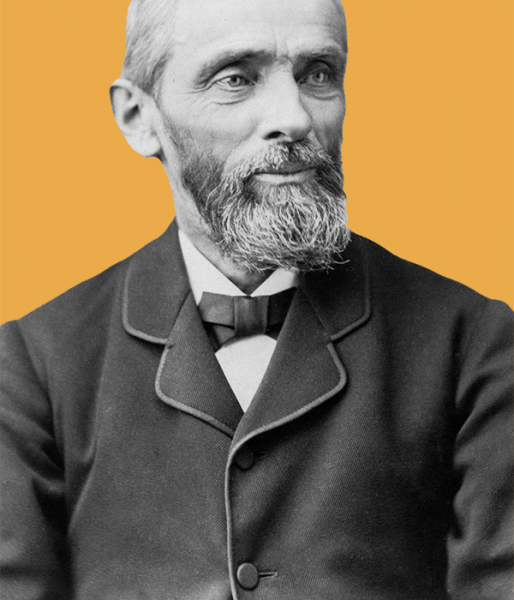
This led to great success in their evangelism, with the generosity and openness of the preachers being matched by their audiences. While the term “liberal” may have some negative overtones today, as used by Ellen White and Loughborough it was a positive concept that spoke well of an open-minded, tolerant, and accepting perspective that characterized Western society. The openness to new methods and ideas meant that Adventist beliefs were not met with so much prejudice as in the East since they were part of the varied mix of ideas that were current in California at the time. This also meant that there was more latitude in the methods the evangelists could use to present biblical truths, as is also reflected in later Adventist history in the West.
As I now look back over the last thirty-seven years since the work was first started in California . . . I can say that our cause advanced more . . . ‘in the work of the ministry’ by the instruction received through the gift of prophecy.
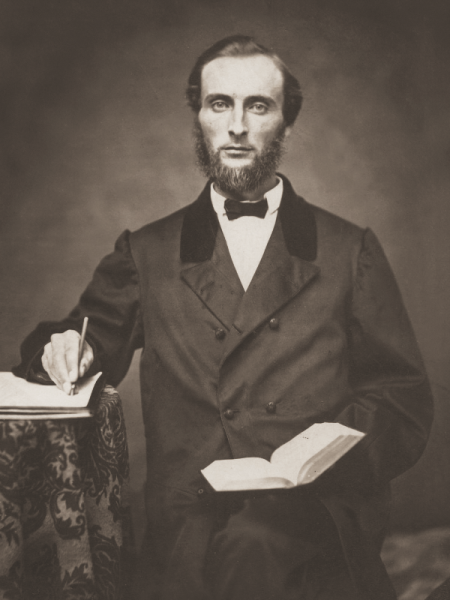
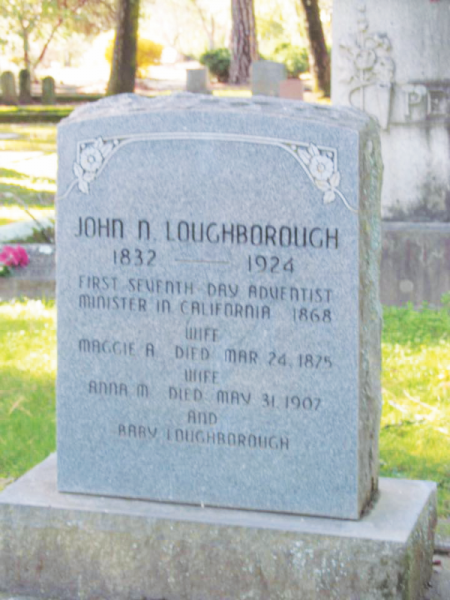
In his book on Adventist history, Loughborough recalls the tremendous impact of Ellen White’s call for change, and he credits her with providing the insights necessary for success in the West.
Shortly after our arrival in California we received a letter from Mrs. White, in which she related a vision given her in Battle Creek on the Friday evening of June 12,–a day that we had spent at Lancaster, N. Y., before starting for California. She had never been in California, and had no personal knowledge of the habits of the people. In fact, at that time she had never been west of the Missouri River. Any knowledge she possessed concerning things there was derived from what the Lord was pleased to reveal to her.
In the instruction in her letter, she delineated the liberal ways of the people of California, and what would be the effect of labor among them on a close, “pennywise” plan. In preaching to the people of California, they must be approached in something of the liberal spirit in which they work, and yet not in a spendthrift manner.
As I now look back over the last thirty-seven years since the work was first started in California, and take in the situation then, with the condition of the people, and the manner in which we would have conducted our work but for the testimony received, and as I witness the results of following the instruction given, I can say that our cause advanced more in three months than it would have done in one year had we not been helped “in the work of the ministry” by the instruction received through the gift of prophecy.2
In this way not only did Adventist evangelism in the West prove very successful, but the attitude and methods used at the forefront of change also impacted the way in which the Adventist church developed and changed, with new and innovative ideas—not only in ecclesiology but also in health-related programs and in educational techniques. Later Adventist developments reveal the ongoing results of being at the forefront of change that has led to where we are today.
_____________________________
1. J.N. Loughborough, General Conference Daily Bulletin, vol. 5, Jan. 31, 1893, p. 81.
2. J.N. Loughborough, The Great Second Advent Movement: Its Rise and Progress (Washington, DC: Review and Herald Pub. Assn., 1905), p. 385.
Pioneros adventistas en el oeste
Inicios: a la vanguardia del cambio
Por el personal del Recorder
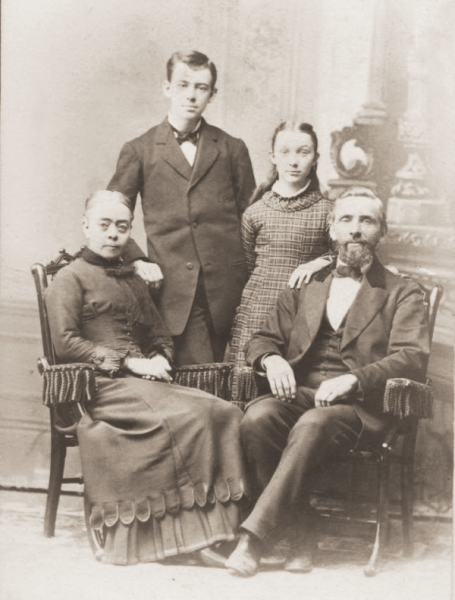
Incluso antes de que los primeros evangelistas adventistas desembarcasen en California, iba a haber cambios en el evangelismo y en los métodos de la iglesia. Se podría haber esperado que los del este utilizasen las mismas técnicas en el oeste, y ciertamente parecía que ese iba a ser el enfoque.
Pero entonces intervino Ellen White. Aun cuando los evangelistas J. N. Loughborough y D. T. Bourdeau se dirigían a California, Ellen White les envió instrucciones de que no debían trabajar de la misma manera que lo habían hecho en el este. Aunque nunca había estado al oeste del río Missouri, esbozó las instrucciones que había recibido del Señor de que debían operar de una manera liberal que cumpliese con las expectativas de la gente.
Eso incluso se redujo a la cuestión práctica de la venta de literatura. En lugar de vender, regalaron libros y folletos, y se sorprendieron por las donaciones que recibieron. La «liberalidad de espíritu» que caracterizó a la sociedad californiana influyó en todo el pensamiento de su alcance. Pero dejemos que Loughborough describa lo que sucedió cuando dirigió su experiencia a la Conferencia General en sesión:
Cuando fui a California con el pastor Bourdeau, a través de Centroamérica, en 1868, el Señor le dio instrucciones a la hermana White concernientes a nuestra obra, la cual, al ser enviada por tierra, recibimos al llegar a San Francisco. Eso nos dio instrucciones concernientes a los hábitos de la gente, cómo trabajar para llegar a ellos, poniéndolo en contraste con el campo de Nueva Inglaterra en el que yo había estado trabajando más o menos, mostrando que lo que podría llamarse economía en Nueva Inglaterra se consideraría un trato de centavos en California, «que la gente debe ser recibida con el espíritu liberal que poseía, pero no de una manera derrochadora».
Vimos el resultado de prestar atención a esa admonición en nuestra primera reunión. Cuando la gente se preguntaba cómo íbamos a vender folletos de un penique y libros de cinco centavos, cuando no se había hecho ningún cambio en el país por menos de diez centavos, se nos hizo hacer cálculos, y así comenzamos con ese plan liberal, y los regalamos por montones. La gente pronto nos recibió diciendo: «Esto no es como los predicadores que han estado viniendo a través de las llanuras a este país». Se apresuraron a comprar nuestros libros, y nos favorecieron en todo lo que pudieron, y en esa reunión en una carpa la gente compró libros por valor de más de trescientos dólares y un leñador que, antes de que comenzáramos la reunión, se negó a confiarnos madera por valor de un dólar sobre la base de que no tenía ninguna confianza en los predicadores, dijo: «señor, le prestaré 36.000 pies de madera, si lo desea, sin ninguna garantía». Si la hermana White hubiese vivido en ese país cinco años, no podría haber dado mejor consejo que el que se dio en ese testimonio, que fue simplemente el resultado de lo que el Señor le había mostrado en visión.1
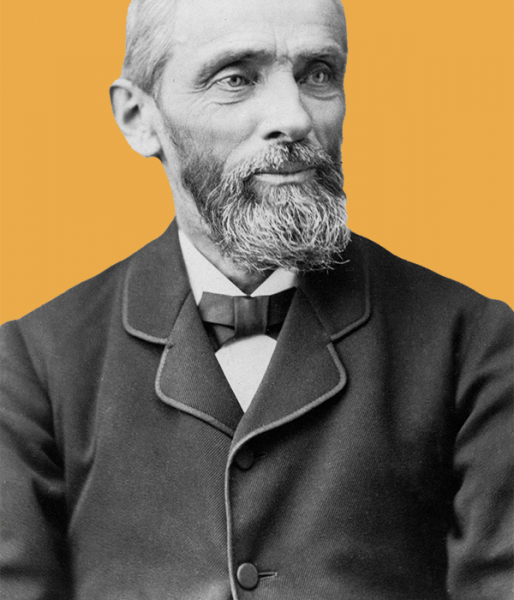
Eso les llevó a un gran éxito en su evangelismo, con la generosidad y apertura de los predicadores siendo igualados por sus audiencias. Si bien el término «liberal» puede tener algunas connotaciones negativas hoy en día, tal como lo usaron Ellen White y Loughborough, era un concepto positivo que hablaba bien de una perspectiva de mente abierta, tolerante y flexible que caracterizaba a la sociedad occidental. La apertura a nuevos métodos e ideas significó que las creencias adventistas no fueron recibidas con tanto prejuicio como en el este, ya que eran parte de la variada mezcla de ideas que eran corrientes en California en ese momento. Eso también significaba que había más libertad en los métodos que los evangelistas podían usar para presentar las verdades bíblicas, como también se refleja en la historia adventista posterior en el oeste.
«Puedo decir que nuestra causa avanzó más en tres meses de lo que lo hubiese hecho en un año si no hubiésemos sido ayudados «en la obra del ministerio» por la instrucción recibida por medio del don de profecía».
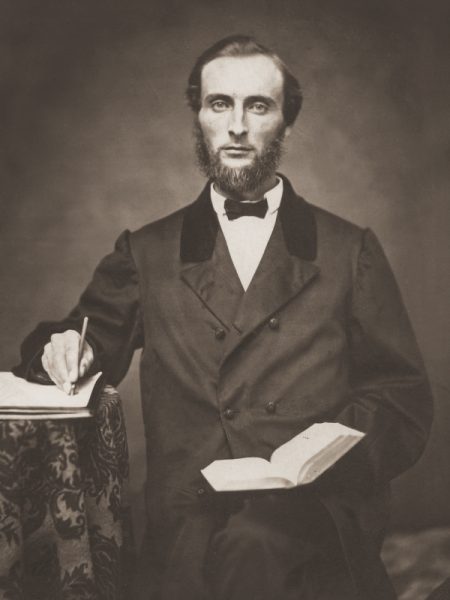
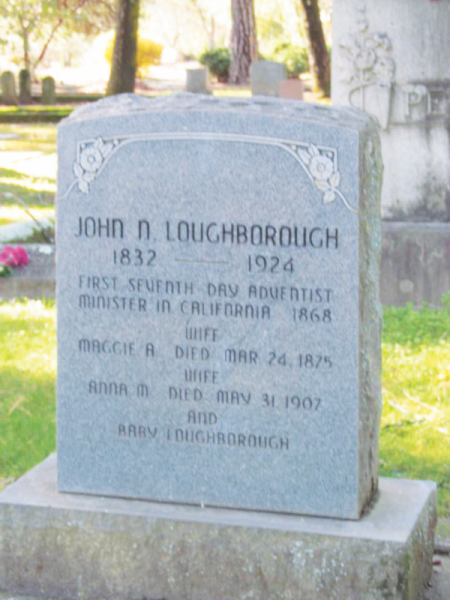
En su libro sobre la historia adventista, Loughborough recuerda el tremendo impacto del llamado de Ellen White al cambio y le da crédito por proporcionar las ideas necesarias para el éxito en el oeste.
Poco después de nuestra llegada a California, recibimos una carta de la señora White, en la que relataba una visión que le había sido dada en Battle Creek el viernes 12 de junio por la noche, un día que habíamos pasado en Lancaster, Nueva York, antes de partir hacia California. Nunca había estado en California y no tenía ningún conocimiento personal de las costumbres de la gente. De hecho, en ese momento nunca había estado al oeste del río Missouri. Cualquier conocimiento que poseyese acerca de las cosas ahí se derivaba de lo que el Señor se complacía en revelarle.
En la instrucción de su carta, delineó las costumbres liberales de la gente de California y cuál sería el efecto del trabajo entre ellos en un plan cerrado y «ahorrativo». Al predicar a la gente de California, hay que acercarse a ellos con algo del espíritu liberal con el que trabajan, y sin embargo no de una manera derrochadora.
Al reflexionar en los últimos treinta y siete años desde que la obra se inició por primera vez en California, y contemplar la situación de entonces, con la condición de la gente, y la manera en que hubiésemos conducido nuestra obra de no ser por el testimonio recibido, y al ser testigo de los resultados de seguir la instrucción dada, puedo decir que nuestra causa avanzó más en tres meses de lo que lo hubiese hecho en un año si no hubiésemos sido ayudados «en la obra del ministerio» por la instrucción recibida por medio del don de profecía.2
De esa manera, no solo el evangelismo adventista en el oeste resultó muy exitoso, sino que la actitud y los métodos utilizados a la vanguardia del cambio también impactaron la forma como la iglesia adventista se desarrolló y cambió, con ideas nuevas e innovadoras, no solo en eclesiología, sino también en programas relacionados con la salud y en técnicas educativas. Los desarrollos adventistas posteriores revelan los resultados continuos de estar a la vanguardia del cambio que nos ha llevado a donde estamos hoy.
_____________________________
1 J.N. Loughborough, General Conference Daily Bulletin, vol. 5, Jan. 31, 1893, pág. 81.
2 J.N. Loughborough, The Great Second Advent Movement: Its Rise and Progress (Washington, DC: Review and Herald Pub. Assn., 1905), pág. 385.






